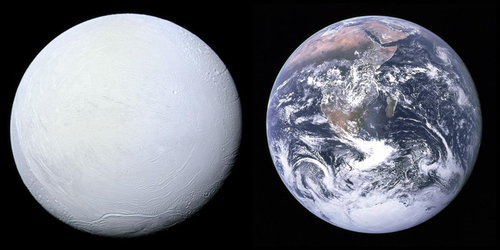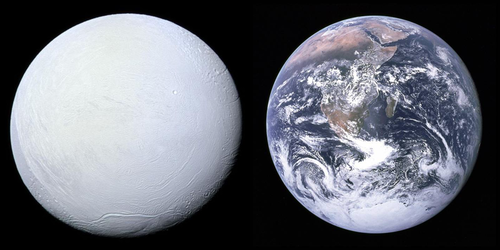Noise-Induced Transitions in Earth’s Climate
Earth’s shrinking ice could leave the Arctic ice-free by 2050, but there were times when glaciers covered the globe. Now, Valerio Lucarini and Tamás Bódai from the University of Reading, UK, predict that fluctuations in the intensity of incoming solar radiation can switch Earth between warm climates, which support some ice coverage, and very cold climates. In their calculations, this switching is promoted by intermediate “melancholia” states—where ice extends from the poles to the tropics—highlighting the importance of these states for climate stability.
Competition between two cooling feedback mechanisms controls fluctuations in Earth’s climate. In the first, known as ice-albedo feedback, ice cools Earth by reflecting solar radiation. Increased ice cover boosts ice-albedo cooling, lowering Earth’s temperature further, while reduced ice cover lessens it. In the other effect, so-called Boltzmann feedback, the emission of black-body radiation into space cools Earth. A warmer Earth radiates more heat than a cooler Earth and thus gets cooler through Boltzmann feedback.
Lucarini and Bódai account for the two feedback mechanisms using a model that ties the atmosphere’s temperature to that of the ocean’s surface and incorporates fluctuations in solar irradiance. The team predicts that transitions from a warm to a frozen Earth likely occur once every years. Their calculation assumes that Earth follows a certain transition pathway from one state to another, via a melancholia state. It also assumes solar irradiance slightly below present-day values and 1% noise levels on a centennial timescale. It should be noted that the team’s model only factors in changes in the reflection and emission of solar radiation with ice coverage and ignores warming effects from human activity.
This research is published in Physical Review Letters.
–Nicolas Doiron-Leyraud
Nicolas Doiron-Leyraud is a Corresponding Editor for Physics based in Montreal, Canada.





